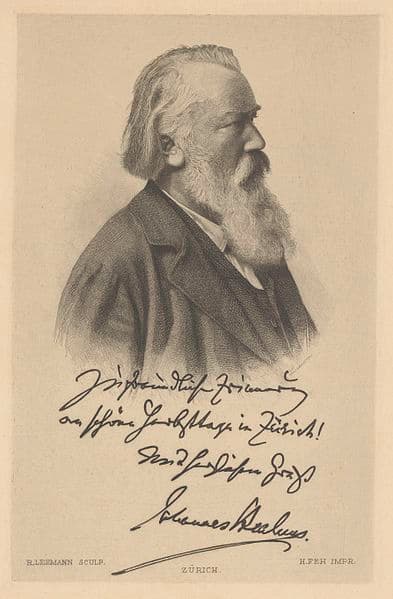
Sofia Gubaidulina
Credit: http://poesia.blog.rainews.it/
Sofia Gubaidulina: Musical Toys
It is easy to picture the movement of the bellows as we hear the recurring groups of notes in ‘Mechanical Accordion’, which alternate with a melody that represents the actual tune coming out of the instrument. The composer then takes us to ride a merry-go-round in ‘Magical Roundabout’ with its galloping rhythm and themes that appear in a round.
‘The Trumpeter in the Forest’ opens with a disjointed trumpet call – perhaps suggesting the howling of wolves – answered by soft, mysterious note-clusters, illustrating the eerie atmosphere of the forest. Repeated notes in ‘The Magic Smith’ allude to the hammering of the blacksmith’s tools, and the playfulness of the melody hints at the tools coming alive.
Scattered showers and heavy thunderstorms come to mind in ‘April Day’ – the sparse quavers are reminiscent of raindrops whilst the loud bass chords symbolise thundering. In ‘Song of the Fisherman’, the simple melody signifies the fisherman’s song and the few rocking figurations suggest a somewhat calm sea.
‘The Little Tit’ paints a wonderfully realistic picture of a tit singing and fluttering around trees with its flickering melodies. The next piece, with its blues notes and syncopated rhythm, is no doubt inspired by jazz, and its playfulness truly matches its title ‘A Bear Playing the Double Bass and The Black Woman’, with the black woman possibly being a golliwog.
The fast repeated notes of ‘The Woodpecker’ illustrate effectively the pecking of the captioned bird, although it could also refer to the classic wooden woodpecker toy, since the ascending chords that separate each repeated-note section seem to convey the wooden bird being pulled to the top of the pole. The calm and serene mood of ‘The Elk Clearing’ outlines a pastoral scene, in which the two-part texture symbolises a grazing elk and a child watching and trying to interact with it.
In the following piece, the steady accompaniment represent the motion of the ‘Sleigh with Little Bells’, whilst the trotting rhythm in the upper register and the high-pitched staccato notes bring to mind the horses and bells respectively.
In ‘The Echo’, the pianist is instructed to press keys silently, creating an echo effect because of the resonating overtones heard whilst short accented notes are played in the bass. There are also short melodic snippets that appear as echos. ‘The Drummer’ presents a dramatic contrast to the preceding piece – its fast yet steady tempo, measured rhythm, lively melodic line and constantly changing tonal centres personify a drummer leading an orderly but spirited march, perhaps one involving toys and wooden figures.
The last piece of the set, ‘Forest Musicians’, presents to the listener different animals from the forest. The various textures (note clusters against a thin melodic line), contrasting moods of stillness versus unease (static versus fast-moving harmonic rhythm), opposing articulation, and dynamic contrasts all symbolise different animals in the forest, such as birds, bears, wolves and foxes.
The individual pieces of Musical Toys are not only inspired by childhood objects and toys, but are also representative of a child experiencing things for the first time. A great performance will require plenty of imagination and should exude a sense of awe and wonder.


